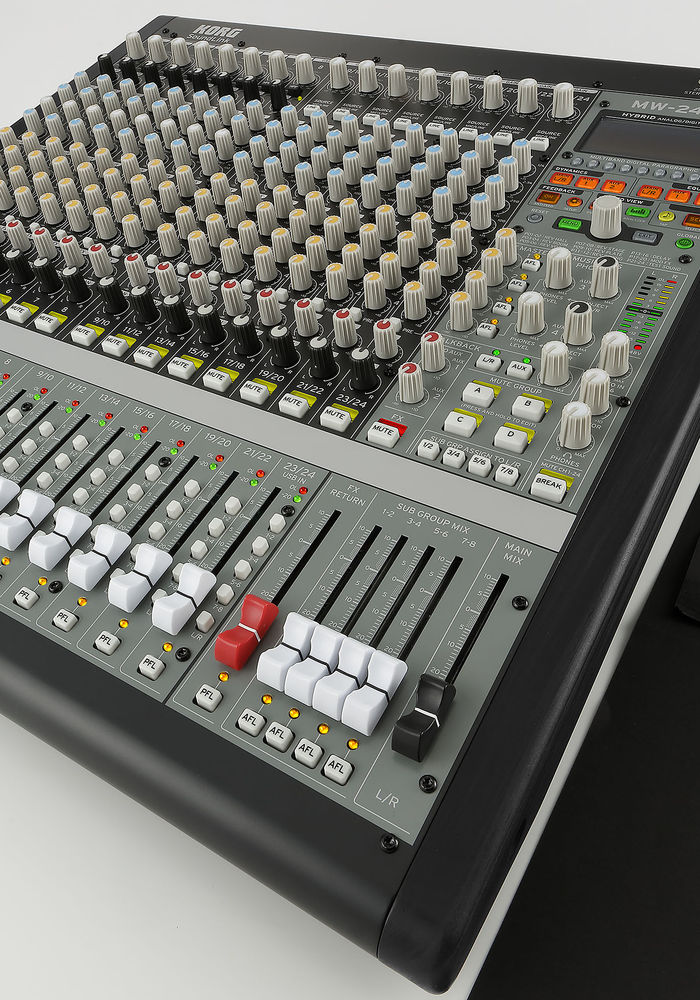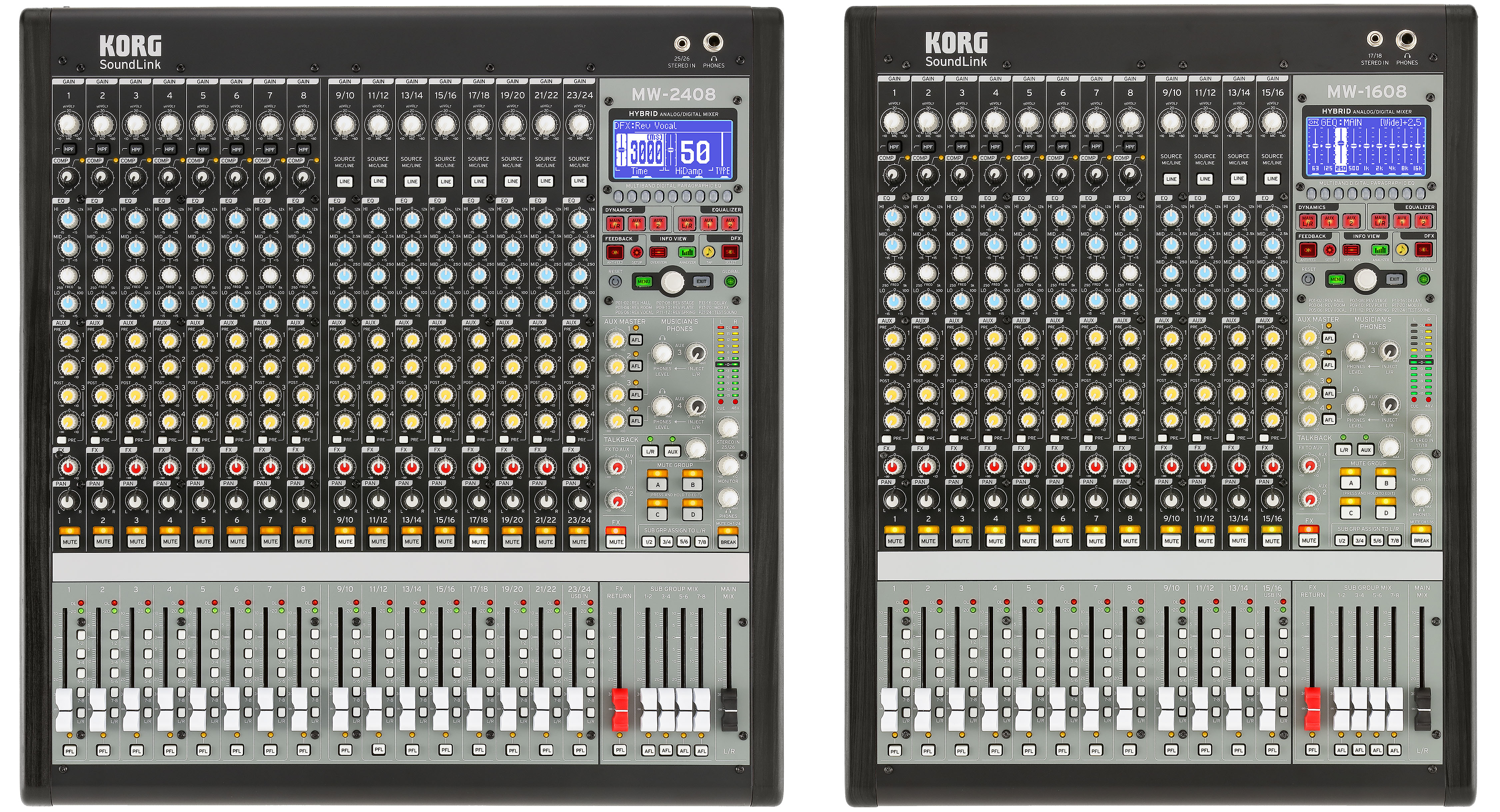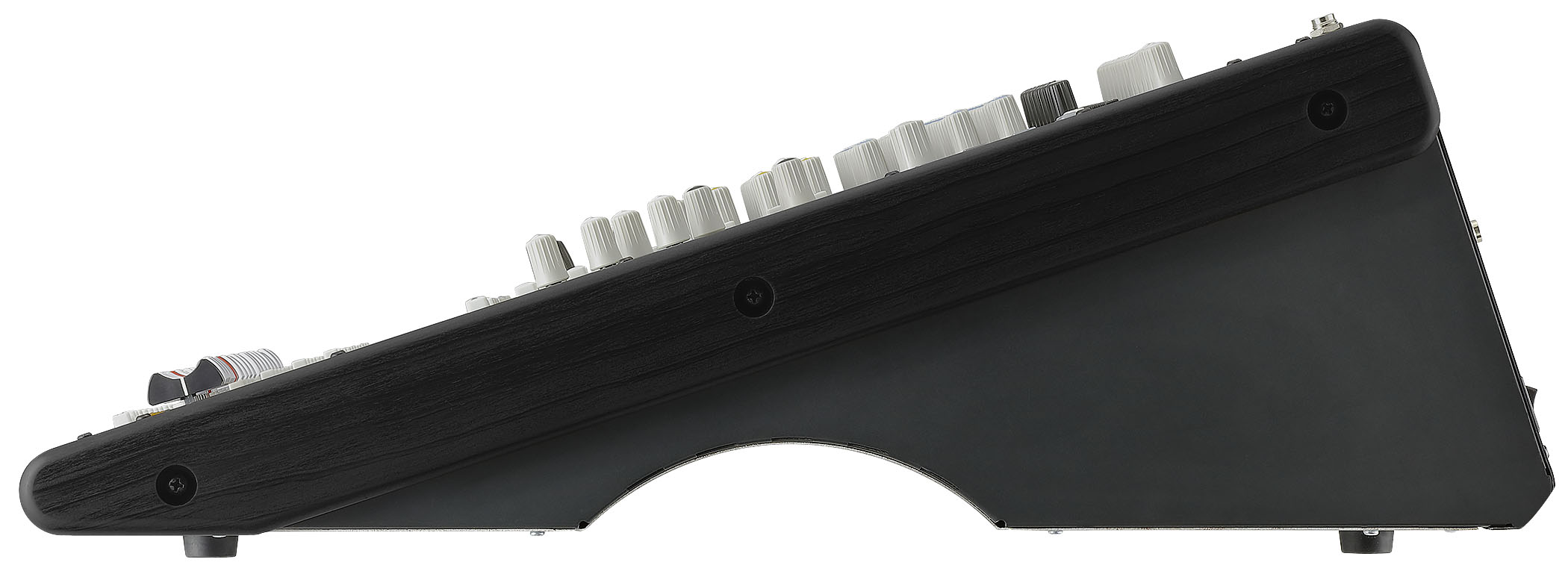Korg making mixers? That’s a bit like Dyson making cars, isn’t it? We take a deep dive, and find out what’s so special about the brand’s new SoundLink series.
I’m a desk guy. I love desks of all shapes and sizes, but obviously some I love more than others. So when I see yet another small analogue desk with digital FX onboard, I wonder if we’re not already a little spoilt for choice.
Even with my poor memory, I remember soon after I started hooking up my Korg M1 and S3 to my Atari ST 1040 running C-labs Creator software, Korg brought out a product bearing the Soundlink name, but that was a DAW with a fader surface and 8-bit processing.
So when a company like Korg - a pioneer in the digital instrument and effects market - suddenly turns tail and releases an analogue desk, there has to be a reason.
The English Channel
I’ve made no secret of my love for analogue equipment, especially vintage analogue; and while I have placed a few small-frame analogue desks into pubs, clubs, and dance studios, most of my work is in digital.
Having said that, there is something good about being able to simply plug it in, turn it up, and route it where you need it - all without having to delve into a complicated and on occasion unfamiliar menu structure.
Just looking at this little board, it’s obvious a lot of thought and time has been spent making it as flexible and as comprehensive as possible. No surprises then to find out that the desk was designed by a couple of legends of the audio world: Greg Mackie and Peter Watts.
The former is one of those people who pretty much started the rush in small format sound desks. The latter started work at Trident in 1976 at just 16-years old, and was responsible for early forays into computer automation of analogue Trident recording consoles, namely the Di An; then later as chief engineer on the Vector series desks after Malcolm Toft left the company.
In 1995, Watts became VP of engineering at Mackie Designs. During the ‘90s and early noughties, Mackie became known as the brand offering a certain quality at an attractive price. One of its most successful products - and the only one I have used and know anything about - was the Mackie 8-Bus: a desk which had no particular outstanding feature, except for the price.
I also remember a session I did on one of these consoles where, after managing to go through two power supplies in a little over three weeks (they had five on rotation), I put the engineer in touch with a guy who built them a more reliable PSU. It’s still working to this day – and so is the desk.






